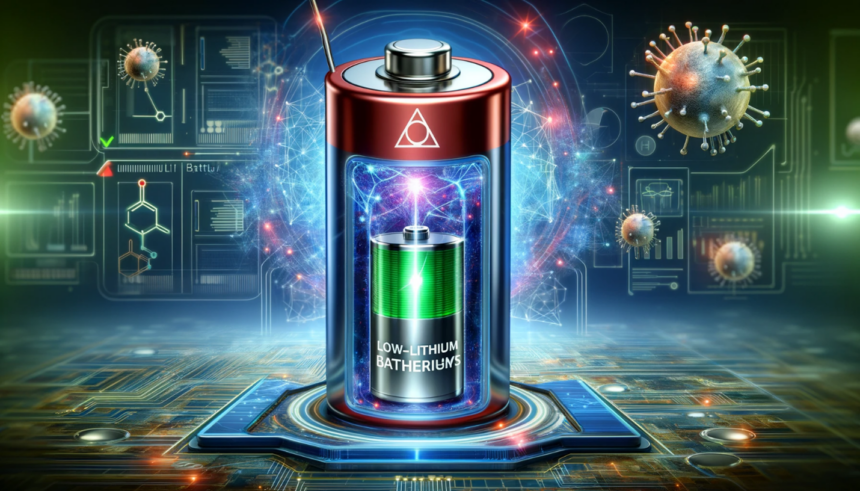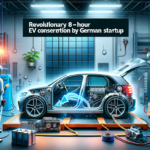A collaborative effort between Microsoft’s AI researchers and experts from the Pacific Northwest National Laboratory has led to a significant advancement in battery technology. Their joint project, recently detailed in a paper on the arXiv preprint server, focuses on developing a lithium-ion battery that requires less lithium.
Lithium-ion batteries are the backbone of modern electronics and electric vehicles, and they’re pivotal in the shift towards a greener electric grid. However, the high cost of lithium has driven researchers worldwide to explore alternative materials. The team, in this innovative endeavor, sought ways to reduce lithium usage in batteries.
Traditionally, identifying alternative materials for such purposes would be a time-consuming task, possibly stretching over several years due to the extensive research and testing involved. To accelerate this process, the researchers employed AI technology.
AI is adept at analyzing vast amounts of data and learning from it. The team developed an AI system capable of examining millions of potential materials that could partially replace lithium in batteries. The AI evaluated these materials based on various factors like stability and battery performance.
This AI-powered approach enabled the researchers to narrow down the list of potential substitutes to a few hundred. Seeking further refinement, they consulted with materials scientists at Pacific Northwest National Laboratory. The scientists recommended more stringent screening criteria and additional elimination rounds. This collaborative process led to a breakthrough: a promising solution that involved substituting about half of the lithium atoms in a battery with sodium atoms.
The prototype battery built using this new method showed lower conductivity than desired, but the researchers are optimistic. They believe there’s significant potential for improvement and plan to continue refining both the battery technology and their AI-driven research method. This project not only holds promise for battery technology but could also pave the way for solving other complex material challenges in the future.
















